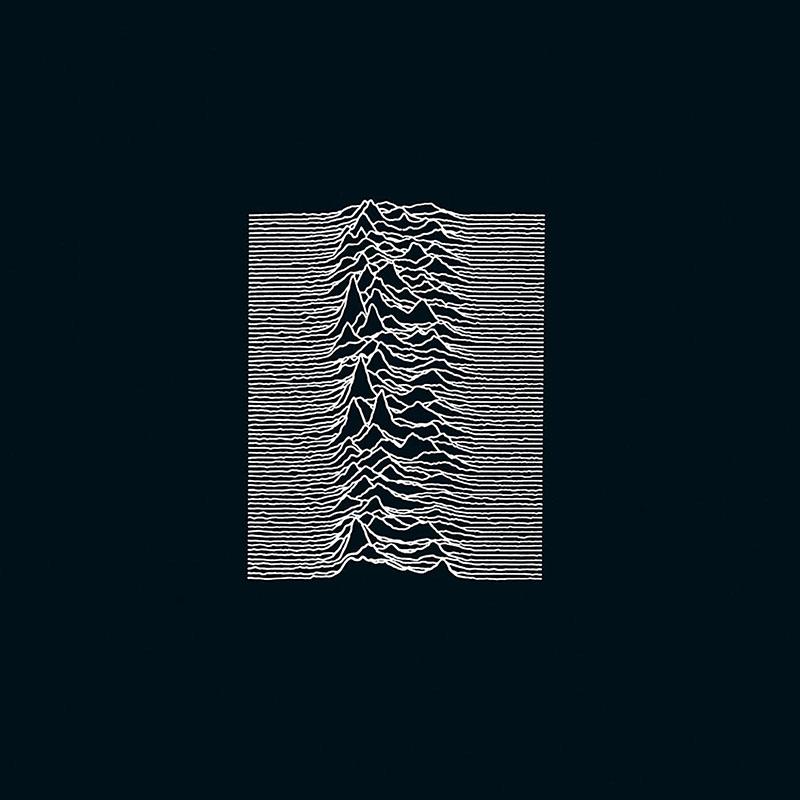Pulsar CP1919 is in the Vulpecula constellation some 978.5 light years away. This image is an x-ray photograph of part of Vulpecula or Little Fox as it is also known. Image Credit: ESA/Herschel/PACS, SPIRE/Hi-GAL Project.
CP1919
CP1919 was the first pulsar ever observed. It’s also known as PSR J1921+2153. It was discovered and identified by Jocelyn Bell Burnell on 28th November 1967.
Pulsars are really small astronomical objects that measure about 10km across. In comparison, the Sun is 1.3927 million km across. However, they have stonkingly large mass. CP1919 has a mass of 2.784 x 10^30 whereas the Sun has a mass of 1.989 x 10^30 kg.
Unraveling the zeros, CP1919 is 1.4 times more massive than the Sun but in a space 2,701,299,428,983,000 times smaller.
That’s a bit incomprehensible.
Imagine, all the metal in the world – ships, bridges, the earth’s core, everything all crushed onto a pin head. Now multiply that up to the size of a reasonable sized city. Really, really massive.
In addition, pulsars spin and, because of all that mass, they have a whopping magnetic field. Out of their equivalent of a north and south pole comes a magnetic beams that pulses across space – a bit like the light of a lighthouse. This is so powerful we can detect it. Or in the case of CP1919, Jocelyn Bell Burnell detected it on 28th November 1967.
CP1919 is in the constellation of Vulpecula and is 978.5 light years away. 10km wide that far away!
Not unsurprisingly, this has been revisited.
Richard Manchester and George Hobbs, from CSIRO Astronomy and Space Science, created this sound wave from their research at the Parkes Observatory, Australia.
In 1970, Harold D. Craft, Jr. created an image using the signal and this was then adopted by the designer Peter Saville to create the iconic cover of Joy Division’s album “Unknown Pleasures.”
SOUND
Credit: R. N. Manchester and G. Hobbs, CSIRO Astronomy and Space Science
& VISION

Credit: Unknown Pleasures Joy Division, Factory album 1979 Cover design Peter Saville from an image sourced by Bernard Sumner.